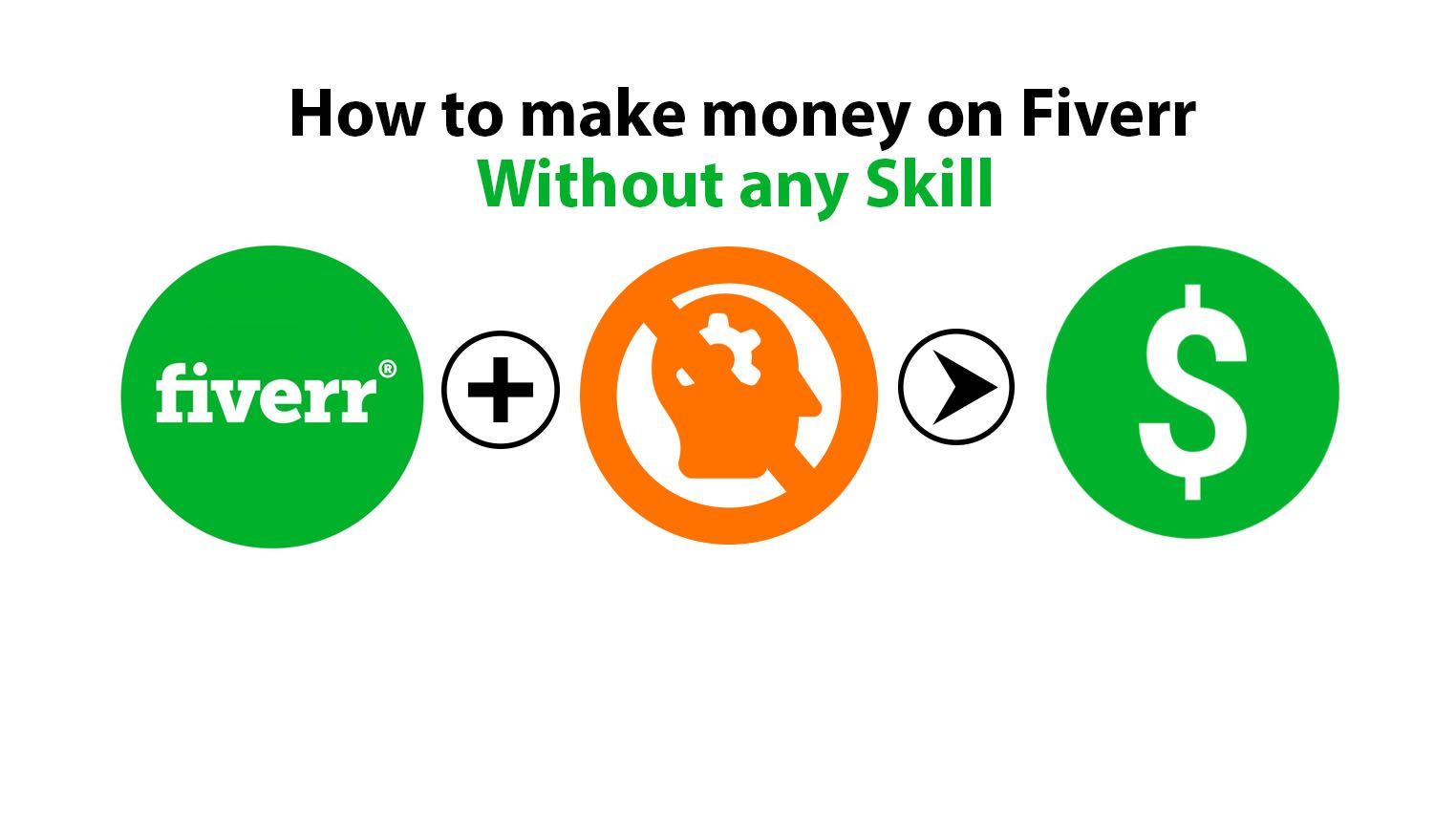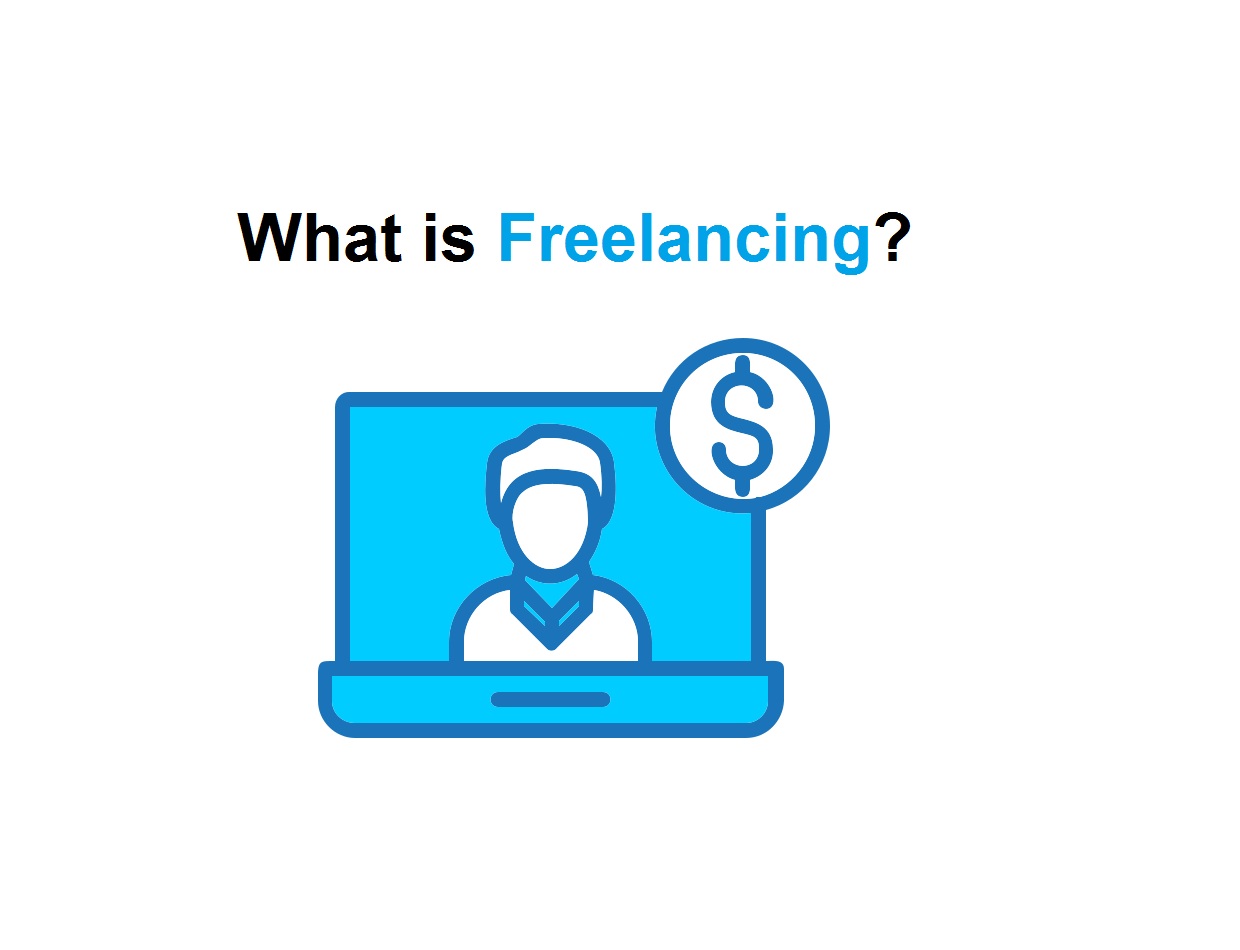Freelancing has become a popular way for many people to earn money and work on their own terms. Whether you’re a writer, designer, developer, or marketer, there are plenty of opportunities to make money from freelancing. In this article, we’ll cover some tips on how to make money from freelancing and build a successful freelancing career.
I) Determine your niche:
Determining your niche is a crucial step in starting a freelancing career. A niche is a specific area of expertise or industry where you have knowledge, skills, and experience. Focusing on a specific niche can help you stand out from the competition and attract clients who are looking for specialized services. Here are some tips on how to determine your niche:
- Identify your skills and interests: Think about the skills you have and the areas that interest you. For example, if you’re a writer, you might have experience in content writing, copywriting, or technical writing. Consider the type of writing you enjoy doing and the areas where you excel.
- Research your industry: Research your industry to identify the areas where there is a high demand for your services. Look for trends and patterns and identify gaps in the market where you can offer a unique service.
- Consider your experience: Consider your past work experience and the industries you’ve worked in. You may have specialized knowledge in a particular industry that you can leverage in your freelancing career.
- Analyze your competition: Look at what other freelancers in your niche are offering and identify areas where you can differentiate yourself. Consider the services they offer, their rates, and their strengths and weaknesses.
- Test your market: Before committing to a niche, test your market by offering your services on a small scale. This will help you identify if there is a demand for your services and if you enjoy working in that niche.
Remember, your niche should be something that you’re passionate about and where you can provide the most value to your clients. By identifying your niche, you can focus your efforts on a specific area and become an expert in that field. This can help you attract high-paying clients and build a successful freelancing career.
II) Build a Freelancing portfolio:
Building a portfolio is an essential step in starting a successful freelancing career. Your portfolio is a collection of your best work that showcases your skills, experience, and style. It’s a visual representation of your expertise and can help you stand out from the competition. Here are some tips on how to build a portfolio:
- Choose your platform: Choose a platform to showcase your portfolio. This can be a personal website, a social media account, or a portfolio website like Behance or Dribbble. Make sure the platform you choose is easy to navigate and showcases your work effectively.
- Choose your best work: Choose your best work to showcase in your portfolio. Select work that represents your skills, style, and experience. Make sure your portfolio reflects the type of work you want to do in the future.
- Show your process: Show your process and how you approach your work. Include sketches, drafts, and mockups to give clients an idea of how you work and the quality of your work.
- Keep it simple: Keep your portfolio simple and easy to navigate. Avoid clutter and unnecessary elements that distract from your work. Focus on showcasing your work effectively and efficiently.
- Include testimonials: Include testimonials from previous clients to showcase your professionalism and the quality of your work. This can help build trust with potential clients and make it easier for them to hire you.
- Update regularly: Regularly update your portfolio with your latest work and remove outdated or irrelevant work. This will ensure that your portfolio is up-to-date and reflects your current skills and style.
Remember, your portfolio is your visual representation and can help you attract clients and secure freelance work. Make sure to showcase your best work and keep it up-to-date to reflect your current skills and style. By building a portfolio, you can showcase your expertise and stand out from the competition.
III) Set your rates:
Setting your rates is an important aspect of starting a successful freelancing career. Your rates should reflect your skills, experience, and the value you provide to clients. Here are some tips on how to set your rates:
- Research industry standards: Research industry standards to get an idea of the rates other freelancers in your field charge. This will give you a baseline to work with and help you determine what clients are willing to pay.
- Consider your expenses: Consider your expenses, including taxes, insurance, and overhead costs when setting your rates. Make sure you’re charging enough to cover your expenses and earn a sustainable income.
- Consider your experience: Consider your experience and expertise when setting your rates. If you’re just starting, you may need to charge lower rates to attract clients, but as you gain experience and build a reputation, you can increase your rates.
- Consider the scope of work: Consider the scope of work and the amount of time and effort it will take to complete the project. Some projects may require more work and expertise than others, so adjust your rates accordingly.
- Be transparent with clients: Be transparent with clients about your rates and the services you provide. Clearly communicate your rates and what’s included in your services to avoid confusion or misunderstandings.
- Offer packages: Consider offering packages or bundles that provide clients with a set of services at a discounted rate. This can make it easier for clients to budget and can help you earn more income from each project.
Remember, setting your rates is a balancing act between earning a sustainable income and being competitive in your industry. By considering your experience, expenses, and industry standards, you can set rates that reflect the value you provide to clients and help you build a successful freelancing career.
IV) Find clients:
Finding clients is a critical step in starting a successful freelancing career. Here are some tips on how to find clients:
- Leverage your network: Leverage your network of friends, family, and colleagues to find potential clients. Let them know about your services and ask for referrals.
- Utilize social media: Utilize social media platforms like LinkedIn, Twitter, and Facebook to promote your services and reach potential clients. Share your portfolio, testimonials, and updates about your work to attract clients.
- Join freelance platforms: Join freelance platforms like Upwork, Freelancer, or Fiverr to find potential clients. These platforms allow clients to post jobs, and freelancers can apply to work on them.
- Attend networking events: Attend networking events and conferences to meet potential clients and build relationships with them. This can help you learn about their needs and preferences and establish trust.
- Cold pitch: Cold pitch potential clients by sending them an email or direct message outlining your services and how you can help them. Be concise, and professional, and personalize your message to stand out.
- Collaborate with other freelancers: Collaborate with other freelancers in your industry to gain exposure and expand your network. You can work on projects together, refer clients to each other, or offer bundled services to clients.
Remember, finding clients is an ongoing process, and it’s essential to continuously promote your services and network with potential clients. By leveraging your network, utilizing social media, joining freelance platforms, attending networking events, cold pitching, and collaborating with other freelancers, you can find potential clients and build a successful freelancing career.
V) Deliver quality work:
Delivering quality work is crucial for building a successful freelancing career. Your reputation and ability to attract new clients depend on the quality of your work. Here are some tips on how to deliver quality work:
- Understand client expectations: It’s essential to understand your client’s expectations before starting the project. Ask questions, clarify requirements, and get a clear understanding of what the client wants to achieve.
- Set realistic deadlines: Set realistic deadlines and ensure that you can deliver the work within the agreed timeline. Be transparent with clients about your availability, and communicate any issues that may arise.
- Communicate regularly: Communicate regularly with clients to update them on the project’s progress and ensure that you’re meeting their expectations. This can help build trust and ensure that the final product meets their needs.
- Pay attention to detail: Pay attention to detail and ensure that the work is error-free, formatted correctly, and meets the client’s requirements. Quality work requires attention to detail, and it’s crucial to take the time to review your work before submitting it.
- Go above and beyond: Strive to exceed client expectations by going above and beyond the project’s requirements. This can include offering additional suggestions, providing resources, or delivering work before the deadline.
- Get feedback: Request feedback from clients after delivering the work to understand what went well and what could be improved. This can help you improve your skills and deliver better work in the future.
Remember, delivering quality work is essential for building a successful freelancing career. By understanding client expectations, setting realistic deadlines, communicating regularly, paying attention to detail, going above and beyond, and getting feedback, you can deliver quality work that meets client needs and builds your reputation in the industry.
VI) Build long-term relationships:
Building long-term relationships with clients is an essential aspect of a successful freelancing career. Not only can it lead to repeat business, but it can also lead to referrals and positive reviews, which can help you attract new clients. Here are some tips on how to build long-term relationships with clients:
- Provide excellent customer service: Provide excellent customer service by being responsive, communicative, and friendly. Respond to emails and messages promptly, be available to answer questions, and make sure that clients feel valued and appreciated.
- Be reliable: Be reliable and consistently deliver quality work within the agreed timeline. Clients need to trust that you will deliver what you promise, and by being reliable, you can build that trust.
- Offer additional services: Offer additional services that can help clients achieve their goals. For example, if you’re a graphic designer, you could offer to create social media graphics or design business cards. This can help clients see the value in working with you and build a long-term relationship.
- Follow up: Follow up with clients after completing a project to ensure that they’re satisfied with the work and to ask for feedback. This can help you improve your services and build trust with clients.
- Stay in touch: Stay in touch with clients even when you’re not working on a project. Send them updates about your work, congratulate them on their achievements, and share resources or articles that they might find helpful. This can help you stay top of mind and build a strong relationship.
- Personalize your approach: Personalize your approach by getting to know your clients and their needs. For example, if you have a client who runs a small business, you could send them articles or resources related to small business management. This can help you build a stronger relationship and provide more value to your clients.
Remember, building long-term relationships with clients takes time and effort, but it can pay off in the long run. By providing excellent customer service, being reliable, offering additional services, following up, staying in touch, and personalizing your approach, you can build strong relationships with clients and establish yourself as a trusted and valued freelancer.
VII) Upsell your services:
Upsell is the final step of our article How to make money from Freelancing. Upselling your services is a great way to increase your earnings as a freelancer. It involves offering additional services to clients beyond the original project scope, either during the project or after it’s completed. Here are some tips on how to effectively upsell your services:
- Understand your client’s needs: To upsell your services, you need to understand your client’s needs and goals. By knowing what they’re trying to achieve, you can offer additional services that will help them achieve their objectives.
- Identify opportunities: Look for opportunities to offer additional services during the project or after it’s completed. For example, if you’re a freelance writer and a client has hired you to write a blog post, you could offer to write additional posts or provide editing services.
- Communicate the benefits: Communicate the benefits of your additional services to the client. Let them know how the service will help them achieve their goals, save time, or increase revenue.
- Offer discounts: Offer discounts for bundled services or for clients who purchase additional services. This can incentivize clients to purchase more services and increase your earnings.
- Be transparent: Be transparent with clients about the cost of additional services, including any additional fees or charges. This can help build trust with clients and ensure that they’re aware of the cost before committing to the service.
- Follow up: Follow up with clients after upselling your services to ensure that they’re satisfied with the additional service and that it has helped them achieve their goals. This can help build a long-term relationship with the client and increase the chances of future upsells.
Remember, upselling your services requires a good understanding of your client’s needs, identifying opportunities, communicating the benefits, offering discounts, being transparent, and following up. By doing this effectively, you can increase your earnings as a freelancer and provide more value to your clients.
Conclusion of How to make money from Freelancing:
Making money from freelancing requires hard work, dedication, and a commitment to providing quality service. By following these tips, you can build a successful freelancing career and achieve your financial goals. Remember to stay focused, stay motivated, and continue to improve your skills and services to stay competitive in the freelancing market.
If you want to know other ways to make money online click here.
To Join Fiverr one of the best Freelancing sites to earn money Click Here











One thought on “How to make money from Freelancing”